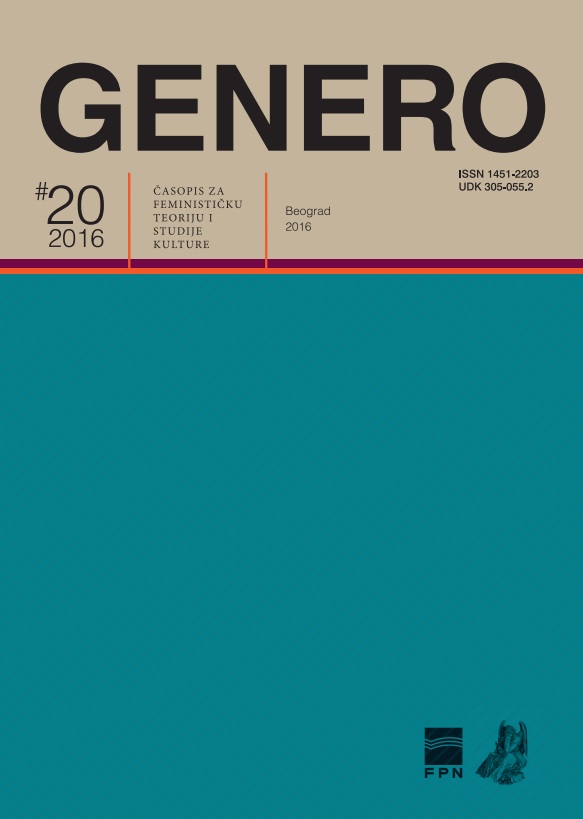Feminst Iranian Cinema: The Counter-Cinema of Abbas Kiarostami and Female Spectatorship
Feminst Iranian Cinema: The Counter-Cinema of Abbas Kiarostami and Female Spectatorship
Author(s): Marija AntićSubject(s): Gender Studies, Social differentiation, Film / Cinema / Cinematography
Published by: Centar za ženske studije & Centar za studije roda i politike, Fakultet političkih nauka, Beograd
Keywords: New Iranian Cinema; hejab; censorship; Kiarostami; counter-cinema; gender; representation; female gaze
Summary/Abstract: The quintessential characteristic of Iranian art film is its heavy politicization, achieved by addressing social and women’s issues. Stylistically, influenced by distinctive Persian literary tradition, New Iranian Cinema is known for blurring lines between documentary and fiction, thus exploring new film forms and genres. This paper primarily calls into question the veiling discourse and censorship of Islamic government as an unsuspecting instrument of enhancing the authentic style of film authors, after which it continues with an examination of the role of aesthetics in terms of redefining the politics of gender representation in film and the process of spectatorship. This article is mostly an homage to Abbas Kiarostami, a world-renowned Iranian director, who passed away recently. His cinematic style will be examined through the prism of representational politics of feminist film theory. Specifically, two of his films will be analyzed, a film Ten (2002) which is completely shot in the inside of a car, as a woman picks up passengers and drives them through Tehran, and another one, Shirin (2008), a film which consists of many close-ups of actresses watching a film scene, as a unique way of representing female spectatorship and the process of identification with the images on screen.
Journal: Genero: časopis za feminističku teoriju i studije kulture
- Issue Year: 2016
- Issue No: 20
- Page Range: 31-51
- Page Count: 21
- Language: English

